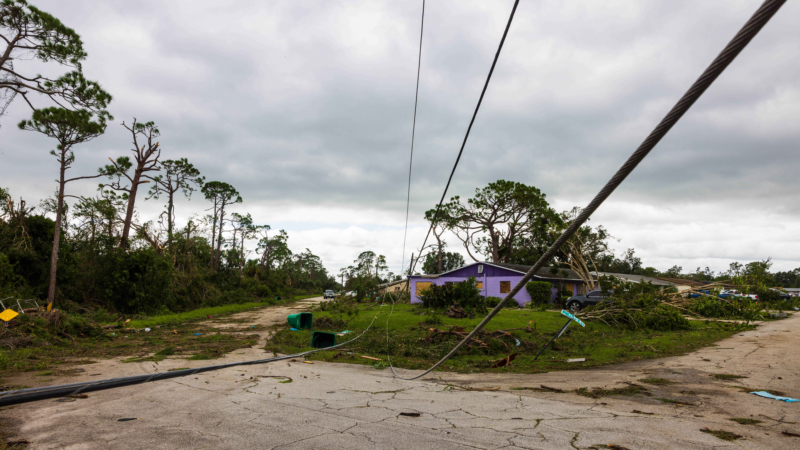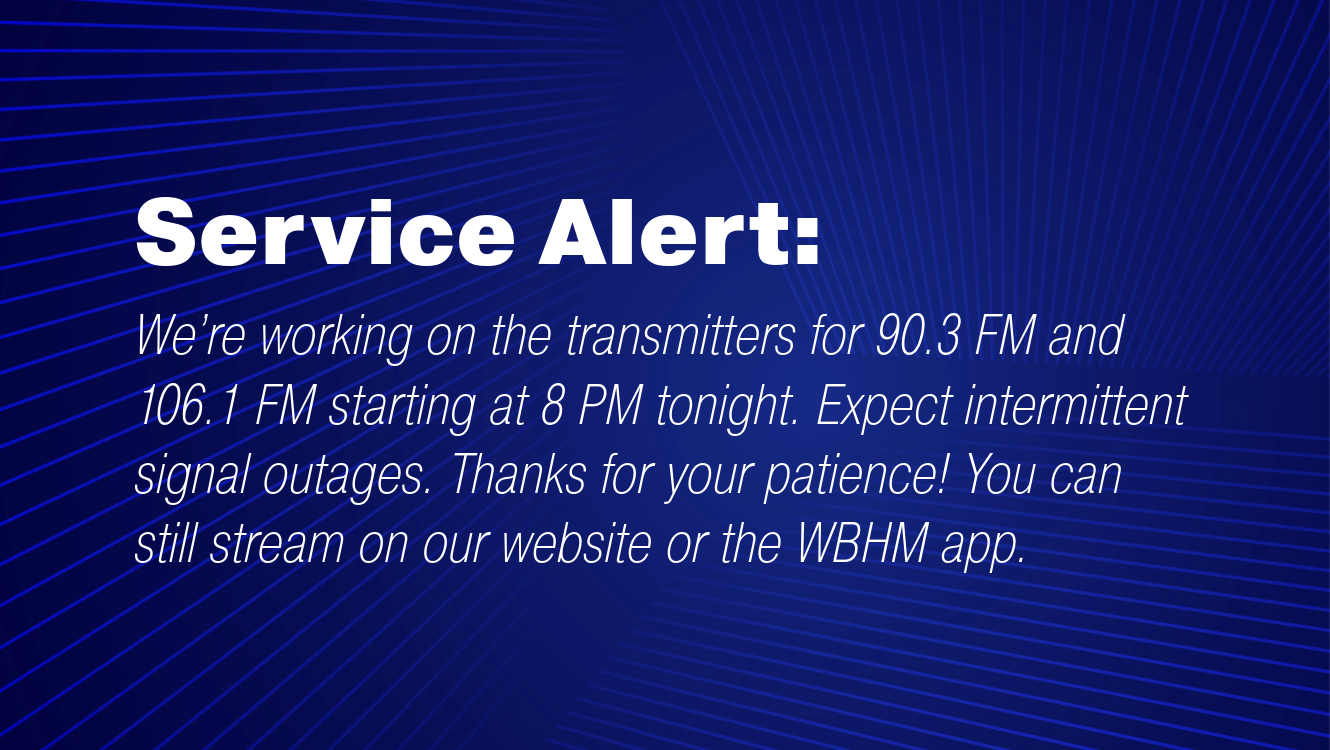There’s been 38 eyewitness-reported tornados in Florida: Why did Milton cause so many?
As Hurricane Milton bore down on Florida, an alarming number of tornado warnings and sightings poured in. Images of multiple large tornadoes—on radar and touching down—left people transfixed, even as the fearsome hurricane approached.
“We ended up with 126 tornado warnings” issued by forecast offices across the state, Matthew Elliott, the warning coordination meteorologist at the National Weather Service’s Storm Prediction Center, told NPR.
In most cases, such a large number of tornado warnings would apply to a much larger area—several states—and occur over several days rather than eight to 10 hours.
“The concentration in the smaller corridor [of South Florida] plus just the number of warnings we saw in such a short period of time yesterday were quite impressive,” Elliott said.
Citing preliminary information, the National Weather Service (NWS) has received eyewitness reports of 38 tornadoes—a number that Elliott predicts will likely come down a bit: NWS staffers surveying areas where tornadoes were reported might determine that some accounts were of the same tornado, for instance.
As of now, at least a dozen tornadoes are confirmed, which could double, Elliott said.
Milton was moving from west to east, spawning many tornadoes that tracked from south to north. Elliott said this dynamic helps explain why conditions were so favorable for tornadoes on Wednesday.
The storm’s eastward path allowed its outer bands to align with the Florida Peninsula’s land mass as they rotated counterclockwise. The timing also helped, as the clouds weren’t thick enough on the leading edges of the storm to keep the land from heating up and aiding storms.
“That was a large factor in terms of the strength yesterday,” Elliot said.
Because Milton’s outer bands were rotating around Florida’s peninsula, he said, “You’re getting storms to rotate in that kind of south-to-north fashion there.”
But the timing also helped, as the clouds weren’t thick enough on the outer edges of Milton to keep the land from warming up and aiding storms.
“So it’s not full cloud cover,” Elliott said. “You’re able to get just enough heating instability that really allows more of these true supercell thunderstorms that you might see in a more typical severe environment over the Plains” to develop.
The first five reported Milton-related deaths were blamed on a tornado that struck the state’s eastern side in St. Lucie County.
“We don’t have confirmed reports of other fatalities throughout the rest of the state,” Gov. Ron DeSantis said at a news conference in Fort Pierce. “But we may as the day goes on.”
It’s too early to say precisely how strong Wednesday’s tornadoes were, Elliott said. But, he added, “Visually and on radar, it certainly looks like we saw some strong tornadoes yesterday.”
“You can get stronger tornadoes in tropical cyclones, but it is rare,” Elliott said. “Usually tornadoes and tropical cyclones are EF-2 or less, but you can get stronger.”
(An EF-2 tornado brings wind gusts from 111-135 mph.)
When asked if Milton’s tornado activity was a surprise, Elliott said, “It certainly is surprising to see so many storms rotating in such a short period.”
Comparing Milton to other hurricanes associated with many tornadoes, Hurricane Beryl appears to have had 65 confirmed tornadoes earlier this year, putting it in the No. 5 spot if that number is finalized.
“The record is Hurricane Ivan in 2004 at 118 tornadoes,” Elliott said. “But some of those are over multiple days and over multiple states.”
Few foster homes will take kids with behavioral challenges. Ohio may have a solution
It can be difficult to find foster homes for children with disabilities, a training program in Ohio aims to change that dynamic
Central Florida assesses the damage from Hurricane Milton
Across a huge swath of Florida, rescue crews are fanning out to survey the damage and clean up after Hurricane Milton. The storm brought tornadoes, heavy winds, rain, flooding and a large storm surge.
Given how the labor market cooled over summer, is the labor market still on thin ice?
In September, 254,000 jobs were added to the US economy and the unemployment rate ticked down very slightly to 4.1%. It's unexpectedly strong, and relieving news for workers after a pretty lackluster summer. But, given how the labor market cooled over summer, is the labor market still on thin ice? And if there were to be a plummet in jobs, could anything be done to speed up the recovery?
The aftermath of Hurricane Milton in Sarasota County, which took a direct hit
NPR's Ari Shapiro speaks with Genevieve Judge, a spokesperson for Sarasota County, about what the municipality is seeing the day after Hurricane Milton plowed through overnight.
Out today: The good news and bad news about inflation
Inflation cooled less than expected in September. Consumer prices were up 2.4% from 2024. The government announced that Social Security recipients will get a cost of living increase of 2.5% in 2025.
What to expect in the WNBA finals between the New York Liberty and the Minnesota Lynx
NPR's Ari Shapiro speaks with David Dennis Jr. of ESPN's Andscape to preview the WNBA finals between the New York Liberty and the Minnesota Lynx.


